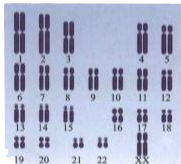Study the following diagram and answer questions based on it .
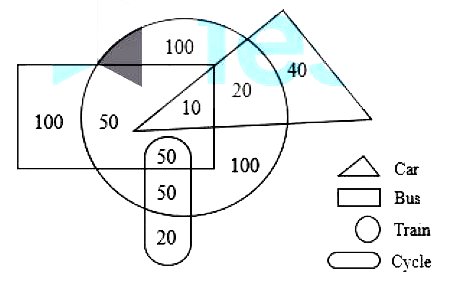
Which two modes of transport used by people are mutually exclusive ?
A. Car -Bus
B. Car -Cycle
C. Bus -Cycle
D. Cannot be determined
D
C
A
B
The correct Answer is:D
Step by step video, text & image solution for Study the following diagram and answer questions based on it . Which two modes of transport used by people are mutually exclusive ? A. Car -Bus B. Car -Cycle C. Bus -Cycle D. Cannot be determined by Reasoning experts to help you in doubts & scoring excellent marks in Class 14 exams.
Updated on:21/07/2023Similar Questions
Knowledge Check
Study the following diagram and answer questions based on it .

Which two modes of transport used by people are mutually exclusive ?
A. Car -Bus
B. Car -Cycle
C. Bus -Cycle
D. Cannot be determinedADBCCADBHow many people who travel by train also travel by car or bus but not cycle?
ACBDCBDAStudy the following diagram and answer questions based on it
The diagram represents the liked of kids of a class.
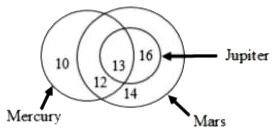
How many people who like Mars like Jupiter also ?
A. 45
B. 29
C. 26
D. 13ACBDCBDA
Study the pie-diagram and answer the questions which follows:
What do A, B, C and D represent in these diagrams.
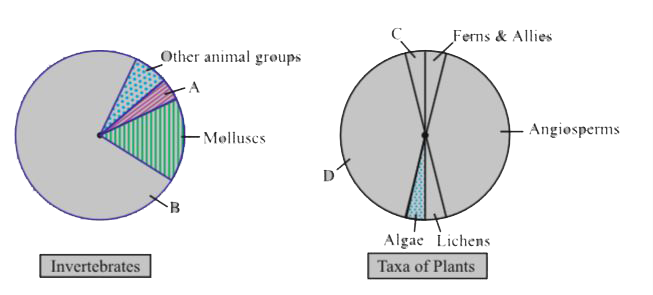
View SolutionStudy the following diagram and answer questions based on it
The diagram represents the favourite ice-cream flavours of kids in a society
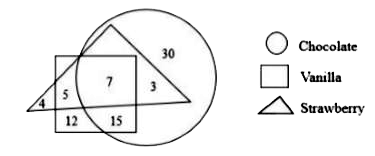
How many kids like Strawberrt but not Vanilla ?
A. 4
B. 5
C. 7
D. 3
View SolutionStudy the following diagram and answer questions based on it.
The diagram represents the likes of children in a society.
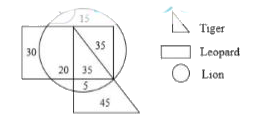
How many children like both lion and leopard?
A. 35
B. 55
C. 90
D. 95
View SolutionStudy the following diagram and answer questions based on it.
The diagram represents the likes of children in a society.
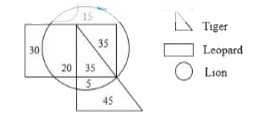
How many children who like lion, also like the tiger?
A. 5
B. 15
C. 35
D. 40
View SolutionStudy the following diagram and answer questions based on it
The diagram represents the liked of kids of a class.
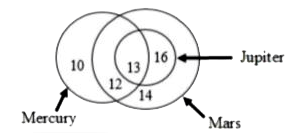
What is the difference between the kids who like Mercury and Jupiter ?
A. 6
B. 8
C. 10
D. 12
View Solution

